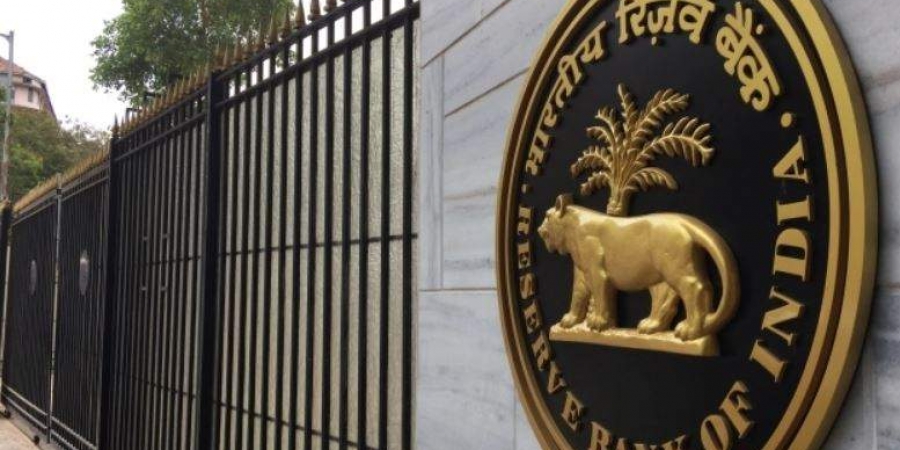There is a quandary. There is policy uncertainty. Is the economy growing, in a thaw or on a downslide? Does it need revival or should it be on a sprint? Is it spirited or dispirited? There are questions galore and the answers could be as varied as the questions. It is also alleged that the economists are also divided – pro-government, anti-government, Marxists, non-Marxists, pessimists, optimists and so forth.
Does it mean that there is no problem with the economy? Does it mean that all discussions are mere bunkum? Or is it a way to keep the reality in shroud or avoid discussion? India needs an answer and it is eluding. It may be a transition that all are unable to judge. There are definitely issues. Many sectors are thawing. The reason is difficult to understand.
The latest to thaw is the popular biscuit industry. One of the largest biscuit-makers is mulling laying off 8000-10,000 workers. It can be due to intense competition with many new entrants or it may be because the company has not come out with new products which are in demand in the market. While the company’s crisis may be affecting over 50,000 people, it need not necessarily be a national crisis. Identifying a snack with national crisis like fall in purchasing power is dodging the question of full meal.
As per Amit Basole and Deepankar Basu, researchers from University of Massachusetts, US, this is to be compared with the overall rural household-level data from four Consumer-Expenditure Surveys of National Sample Survey – 1987-88, 1993-94, 2004-05 and 2009-10. They say that rising expenditure, like on cooking fuel caused a decline in calorie intake. The study reflects today’s reality as well. They state that the relative price changes, occupation pattern alteration and a 10 percent increase on fuel between 1987-88 and 2009-10 caused 0.7 percent and 10 percent decline in calorie intake. The fuel price has increased over 13 to 15 percent during the past about six years. It has hit calorie intake further. While rupee is hitting eight-month low of Rs 71.80 and petrol prices are skyrocketing, it hits consumption at every level, food included.
While the officials blame it on external factors like Donald Trump engineered trade war, economists blame flip-flop policies of jacking up costs or prices of government managed items and services – fuel or railways or highway tolls or CBSE schools and higher education fees – each of it affects food consumption or calorie intake.
Continuous inflationary situation, which the price index may not be mirroring, limits consumption, expenditure pattern, consequently production and growth parameters. It hits official revenue collection and government expenditure pattern that provide the only stimulus amid a host of uncertainties in perspective planning of industries, managing falling sales and job cuts.
Every day the figures are becoming too stark. Direct tax collection has slowed to 4.7 percent between April 1 and August 15 as against a required rate of 17.3 percent. This shows the fallacy of projections in inflation-hit economy or is it failure power of the reasoning.
India needs to have dialogue on the tax system. It needs to have a will to lower the tax rates to boost purchases, production, growth and higher revenue realisation. A bureaucratic budget is smothering all that. Not only direct and indirect taxes even penalties like on car speeding are aimed not at spurring growth but revenue realization. Empowering the constabulary to raise revenue historically has been disastrous. The government has to junk Manmohanomics and ensure free flowing economy.
Government should be efficient manager, be impartial, allow freedom of business and leave decision of how much tax to pay to the people. Coercion and dispossessing people of their earnings and wealth does not ensure that needed freedom. The government’s own arm Reserve Bank in its monetary policy review on August 7 has eloquently said, “Overall there is evidence of domestic demand slowing down further. Investment activity has been losing traction”.
Unfortunately, its suggestions are away from reality and contrary to the inflationary situation. It has flawed prescription of reducing interest rates (for increasing credit) while it should be increased to check inflation and boost savings. The UPA government did the same mistake in the wake of 2008, global sub-prime meltdown. It led to a situation of officially looting the banks by large corporate, now called NPA crisis. The RBI is repeating the 11-year-old mistake of the then finance minister P Chidambaram. Lowering interest rates even then did not raise the domestic consumption. The RBI in its policy review accepts deceleration of private consumption, considered mainstay of growth. It even connects fall in consumer price index (CPI) to absence of demand that boost sales and industrial activity. It finds slump in rural and urban demand.
RBI’s other observations are eye-openers. Total kharif area sowing is 6.6 percent less than a year ago. It means an impending farm crisis and further food price rise. The industrial activity, RBI says, continues to be weak in May 2019, impacted mainly by manufacturing and mining. It translates into what rightist and leftist economists sum up as job losses. The slowing down of capital goods import to 5.8 percent is summarized as key indicator of investment activity contraction in June.
It has faltered once again on protecting savings or boosting it. A nation that has grown on the traditional wisdom of growing on savings unfortunately is devastated through imposition of taxes on interest accrual – hedging against inflation. It is not income.
Repeated goof ups across regimes are surprising. The economy, let the nation accept, is on a downslide and needs revival. It is looking for a professionally efficient doctor.

